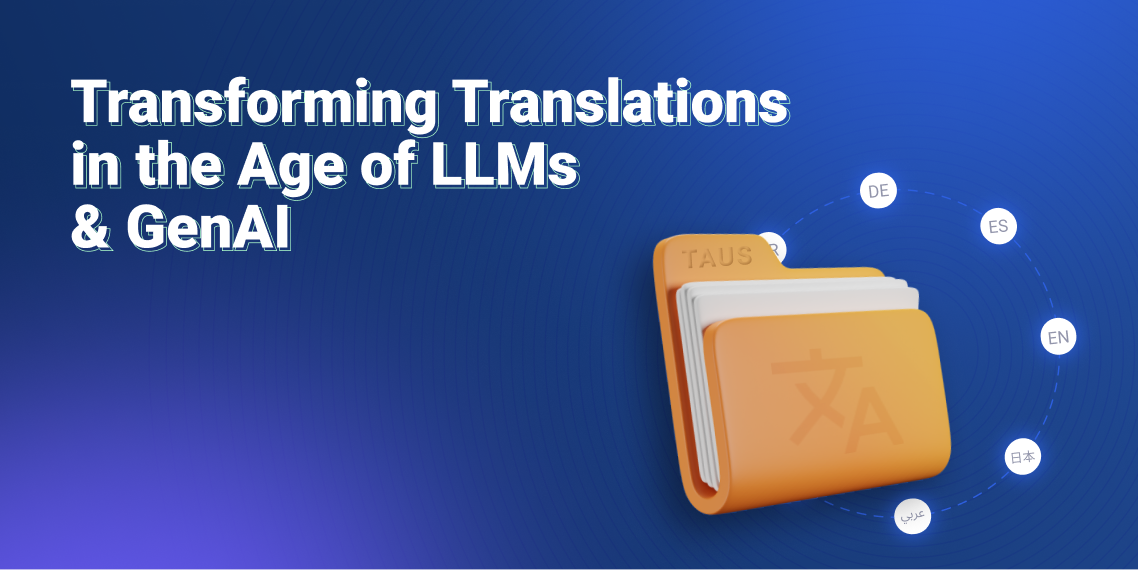Natural Language Technologies (NLT) to Drive the Next Generation of AI Solutions

Natural Language Technologies are on the rise: making optimal use of NLT and its subcategories is crucial to remain up-to-date with the latest AI solutions
The AI scene of the 2010s was shaped by breakthroughs in vision-enabled technologies, from advanced image searches to computer vision systems for medical image analysis or for detecting defective parts in manufacturing and assembly. The 2020s, however, are foreseen to be all about natural language technologies and language-based AI tasks. NLP, NLG, NLQ, NLU… The list of abbreviations starting with NL (Natural Language) seems to grow each day. Regardless of the technology domain, it’s observed that natural language technologies will be in a field-shaping position in a variety of areas from business intelligence and healthcare to fintech.
The global Natural Language Processing (NLP) market size is expected to grow from USD 11.6 billion in 2020 to USD 35.1 billion by 2026 according to the Natural Language Processing Market Report by ResearchAndMarkets.
Natural Language technologies can be classified into 3 main categories — NLP, NLU, and NLG:
- NLP (Natural Language Processing): the field of AI focused on providing machines with the ability to transform human language mainly in text form into structured data.
- NLU (Natural Language Understanding): the type of NLP that derives meaning out of the language and identifies actions to take.
- NLG (Natural Language Generation): the action of generating human-like text out of data.
These complementary technologies are often used together to create interactions between humans and machines or to analyze how humans communicate with each other.
These areas of expertise come in handy for businesses in several areas:
- Sentiment analysis to comprehend the responses and attitudes towards messages, online entries, social media posts and so on.
- Customer services to gain insight into audience preferences and perceptions
- Advertisement to target the audience in a more intelligent way and to place advertisements in the right place at the right time and for the right audience.
- Market intelligence to track and monitor the market reports and extract the necessary information to build new strategies.
- Localization of products and web pages to reach a wider customer base in as many countries and languages as possible.
The importance of Natural Language Technologies and related subfields is expected to grow exponentially. The question of why NLT has moved from a relatively marginal technology to the forefront of AI can be answered by looking at the recently emerged business trends which can only be served through NLT capabilities.
Chatbots
Gartner predicted that NLP would be combined with Machine Learning and Big Data to build powerful question-answer systems such as chatbots. Chatbots, especially contextual chatbots, smart assistants and conversational AI allow organizations to drive digital transformation in customer-facing and people-focused areas.
Social Media Monitoring
As many marketers and business owners know well, having a negative review go viral on social media can destroy a brand’s reputation. NLP applications can help monitor social media channels for mentions of a brand, and spot negative sentiments and create alerts to take action.
Text Analysis
Text analysis can be performed on several levels including morphological, grammatical, syntactic, and semantic analyses. By analyzing text and extracting different types of key elements such as topics, people, dates, locations, etc. companies can better organize their data, and identify useful patterns and insights. This is very useful for eCommerce companies. They can conduct text analysis for better product searchability and categorization in addition to using reviews to define what customers like and dislike about a product.
Automated Translation Tools
Google Translate, which is used by 500 million people every day to understand hundreds of world languages relies on NLP to understand the phrases or terms that its users are trying to translate, and the same goes for all the other alternative translation apps out there whether it be speech or text.
Speech-to-text
Deep learning advances are leading to more realistic experiences of human-machine interaction. One of the main aspects of this new trend is building speech-to-text user interfaces based on audio recognition. Audio recognition also involves conversion of the audio into text. Although large amounts of math in this procedure require significant customization of speech-to-text systems, they are critical in making human-machine interaction more realistic and responsive to the needs of the business.
The list of use cases for Natural Language Technologies can be extended with a wide range of applications including survey analytics, spam filters, email classification, autocomplete, autocorrect, spell checks, smart search, duplicate detection, smart home devices, automatic business intelligence insights, streamlining patient information and so on.
Don’t stay behind.
It’s evident that the next generation of enterprise apps won’t run on legacy systems. The changed business conditions require removing traditional restraints that come from technical incapabilities and bridging functional silos to link data seamlessly. The wait-and-see strategy might cause you to stay behind, therefore, now is the time to prepare and make the optimal use of Natural Language Technologies in your relevant applications.
Although it’s not as widely known as Neural Networks or Deep Learning, NLT coupled with ML and Data Science holds the potential to ultimately achieve direct human-to-machine interaction in a manner that goes beyond the existing technologies such as smart virtual assistants. Having this in mind, TAUS with its in-house team of NLP experts offers a wide array of NLP-based services and custom solutions. With ongoing research in the field, TAUS continues to contribute to its development with new insights and new techniques to further automate the NLP processes. Get in touch with our NLP experts to design custom solutions for your project or research needs.

Şölen is the Head of Digital Marketing at TAUS where she leads digital growth strategies with a focus on generating compelling results via search engine optimization, effective inbound content and social media with over seven years of experience in related fields. She holds BAs in Translation Studies and Brand Communication from Istanbul University in addition to an MA in European Studies: Identity and Integration from the University of Amsterdam. After gaining experience as a transcreator for marketing content, she worked in business development for a mobile app and content marketing before joining TAUS in 2017. She believes in keeping up with modern digital trends and the power of engaging content. She also writes regularly for the TAUS Blog/Reports and manages several social media accounts she created on topics of personal interest with over 100K followers.




